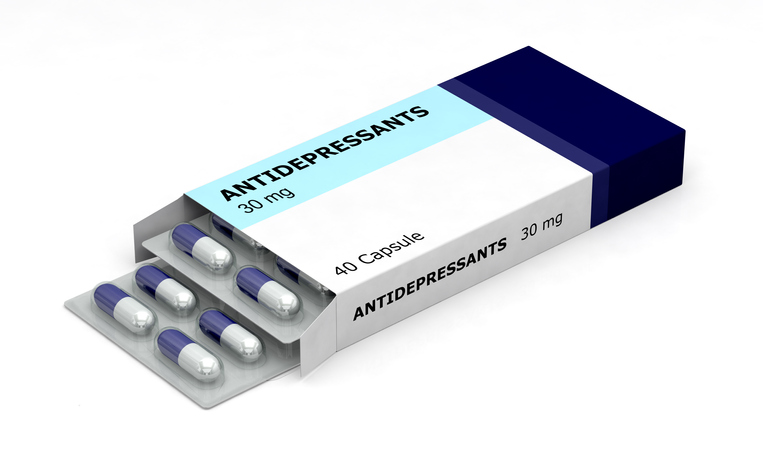Treatments
What Is Cannabis Use Disorder?

What is cannabis?
Cannabis is derived from the Cannabis sativa plant. It contains approximately 100 natural compounds called cannabinoids. There are two main cannabinoids used for medicinal purposes: tetrahydrocannabinol (THC) and cannabidiol (CBD). THC is the psychoactive compound that creates the “high” associated with marijuana use, whereas CBD does not have psychoactive properties. The levels of CBD and THC in medical cannabis differ depending on the strain of the plant.
What is cannabis use disorder?
Cannabis use disorder refers to the problematic use of cannabis, characterized by compulsive use despite adverse consequences. This term encompasses both cannabis abuse and cannabis dependence, which were previously distinct diagnoses but are now combined in the Diagnostic and Statistical Manual of Mental Disorders, Fifth Edition. Contrary to popular belief, cannabis can be addictive, and individuals can develop a dependency on it.
Symptoms
To be diagnosed with cannabis use disorder, an individual must meet at least two of the following eleven criteria within a 12-month period. The criteria are as follows:
- Spending excessive time on cannabis use
- Craving cannabis
- Using cannabis during high-risk situations, such as driving
- Reducing or giving up other activities in favor of cannabis use
- Developing tolerance to cannabis
- Experiencing problems at home, work or school due to cannabis use
- Consuming more cannabis than intended
- Finding it difficult to control or reduce cannabis use
- Continuing use despite social or relationship issues
- Experiencing withdrawal symptoms when discontinuing use
- Persisting in use despite physical or psychological issues
Causes
Cannabis use disorder develops through several mechanisms. This may include, but is not limited to, the following:
- Dopamine release. THC (tetrahydrocannabinol), the psychoactive compound in cannabis, binds to cannabinoid receptors, triggering the release of dopamine, which reinforces the desire to continue using the substance.
- Genetic factors. Certain gene variants may increase susceptibility to cannabis dependence or addiction.
- Product potency. Higher-potency cannabis products have been associated with a higher risk of addiction.
Risk factors
Numerous factors increase the likelihood of developing cannabis use disorder. They include, but are not limited to, the following:
- Having a family history of cannabis use disorder
- Using higher-potency cannabis products
- Starting use during youth or adolescence
- Frequent cannabis use
Additional sources: Yale Medicine and Verywell Mind


















